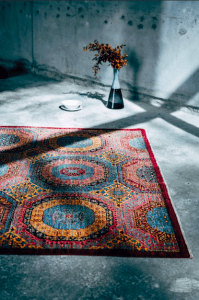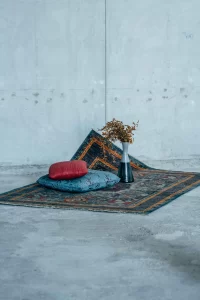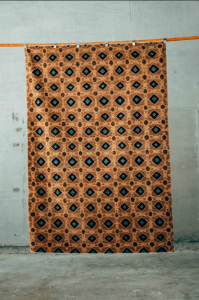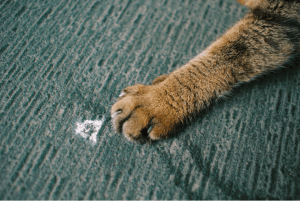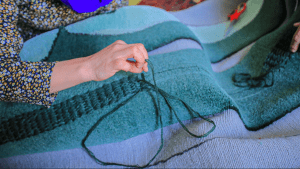The rugs are works of art as well as floor coverings. Both Oriental & Persian rugs are manufactured with all-natural wools, silk, and vegetable dyes, rather than synthetic ingredients, and are known for their rich colors and unique designs.
An Oriental area rug is a long-term investment; most are passed down through generations and have tremendous sentimental value. Oriental carpets may withstand regular wear for numerous years since they are woven with robust fibers (usually high-quality, all-natural wool) and created by hand.
What is the primary difference between Persian and oriental rugs?
China, India, Afghanistan, and Pakistan are the primary producers of oriental rugs. The Persian rug is a term referring to an art form that originated in Iran or neighboring Middle Eastern nations, whereas certain oriental rug styles originate in areas near Persia.
The fact that Oriental rugs and Persian rugs are created in different places of the world is a major distinction. Persian rugs are also called Oriental rugs. Oriental rugs are carpets made in countries in the Middle East. Iran is an oriental country that makes Persian carpets. A carpet created in an oriental country is known as an oriental carpet.
Is it better to have an oriental or Persian rug?
Oriental rugs and Persian rugs are all the same things, except that oriental rugs are created in Asia and Persian carpets are produced in Iran. Many oriental rug types come from Persia or other Middle Eastern countries, while others derive from areas near Persia.
Oriental rugs offer a touch of class to any room, and their distinctive hand-knotted design makes them stand out. For generations, Oriental rugs have served as a prestige and wealth symbol. It’s simple to figure out why the oriental rug is among the most desirable home décor products available, with a vast choice of colors, designs, and sizes to choose from.
They are among the most pricey home furnishings available, but they provide numerous benefits, including additional comfort, improved air quality, and increased house value. Purchasing an Oriental rug that is made in a sustainable and responsible manner can help support rug artisans all around the world.
Many rug firms like Zuleya by FBMI donate a portion of their profits to empower Afghan women helping them educate their children & take care of their families.
Are both Persian rugs and oriental rugs hand-knotted?
Although both carpets are hand-knotted, Persian rugs are slightly less expensive due to their shorter production period. These carpets have a flat weave, which means that the design does not rise above the ground.
The level of wool used to produce both of these carpets is determined by their quality. Oriental rugs are often constructed with a flat weave, which implies that the design does not rise above the ground. Hand-knotted Oriental carpets are the most authentic and high-quality rugs available.
Oriental rugs that are hand-knotted will not rip, tear, or shed. They can be hand-washed at home or professionally cleaned for amazing results. Oriental and Persian rugs differ in structure and design, and also size and color.
Wrapping up
Zuleya is a retail company in the United Arab Emirates that sells FBMI products manufactured in Afghanistan. It offers modern Persian rugs, oriental rugs, & Afghan rugs online. All revenues from sales are re-invested in FBMI to support social activities like educating kids & helping local afghan workers. So, if you are looking for any kinds of rugs or carpets in Dubai, stop by Zuleya.

